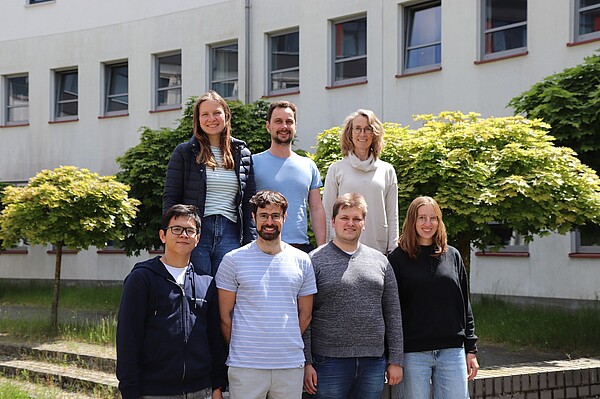Nuclear Imaging
Nuclear Imaging mainly refers to diagnostic imaging techniques used in Nuclear Medicine. The goal of Nuclear Imaging (also termed radioisotope or radionuclide imaging) is to visualize metabolic and functional processes related to certain diseases. For this purpose, very small amounts of specific radioactively-labelled substances (called radiopharmaceuticals or radiotracers) are administered to the patient. These substances contain radioisotopes which decay producing ionizing radiation. By using dedicated radiation cameras and computers, the path of biologically relevant substances in the body can be tracked.
Nuclear imaging encompasses modalities such as Scintigraphy, Single Photon Emission Computer Tomography (SPECT), and Positron Emission Tomography (PET). The latter two are tomographic techniques, which require specialized algorithms and scanners to produce volumetric images. Nowadays, nuclear imaging techniques are used in the clinical routine for early diagnosis and therapy follow-up of several diseases, mainly in oncology, neurology, and cardiology. By means of dedicated small animal scanners, PET, and SPECT have also become very important tools in biomedical research.
Another application of nuclear imaging technology and algorithms is the verification of charged particle therapy (CPT). CPT is a tumor irradiation technique that can provide similar tumor control as conventional photon-based radiotherapy, but with better sparing of healthy tissues and organs at risk. To fully exploit the theoretical advantages of CPT, verification of the actual dose deposition in the patient is essential. Since the interactions of charged particles with the tissue produce secondary radiation that escapes the patient, its detection and further processing could be used to infer the dose deposition.
Our current research focuses on
- clinical and preclinical Positron Emission Tomography (PET);
- charged particle therapy verification: Compton-camera imaging, in-beam PET, and Prompt Gamma Timing;
and encompasses
- instrumentation activities;
- study of novel detector concepts;
- development of radioactive phantoms;
- Monte Carlo simulations;
- development of models and algorithms for image reconstruction.














